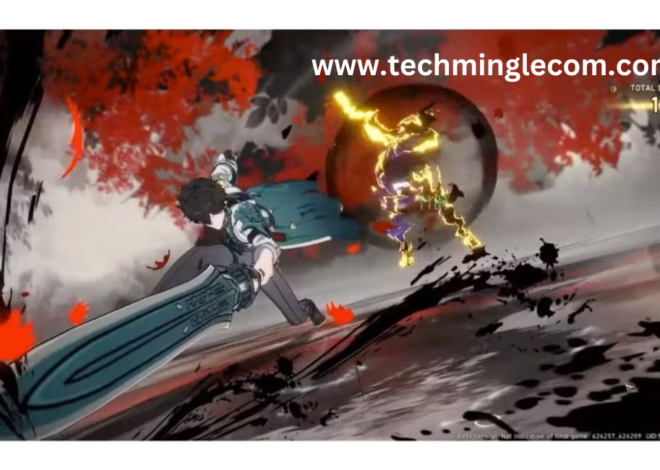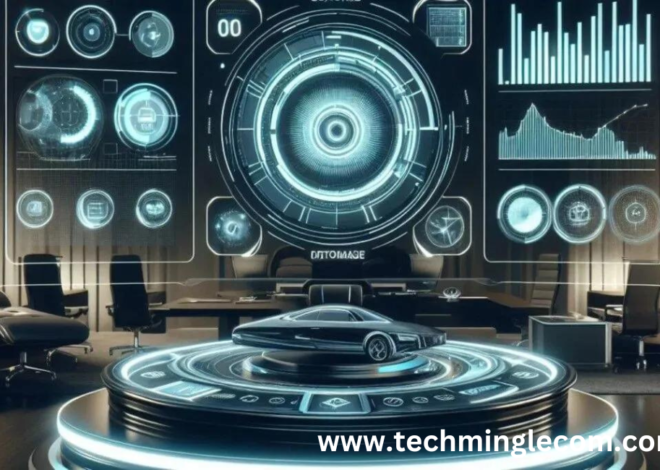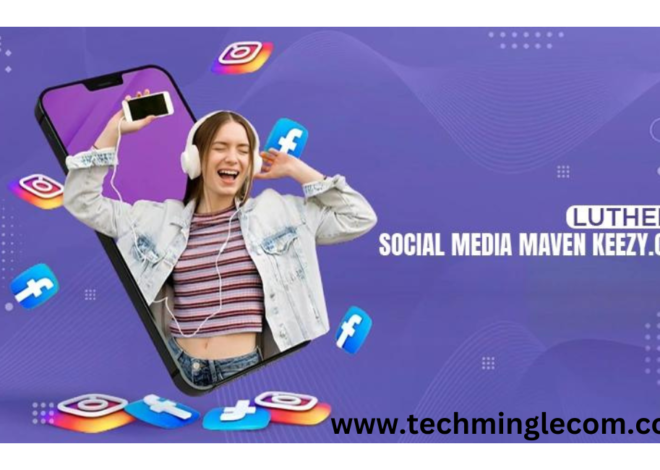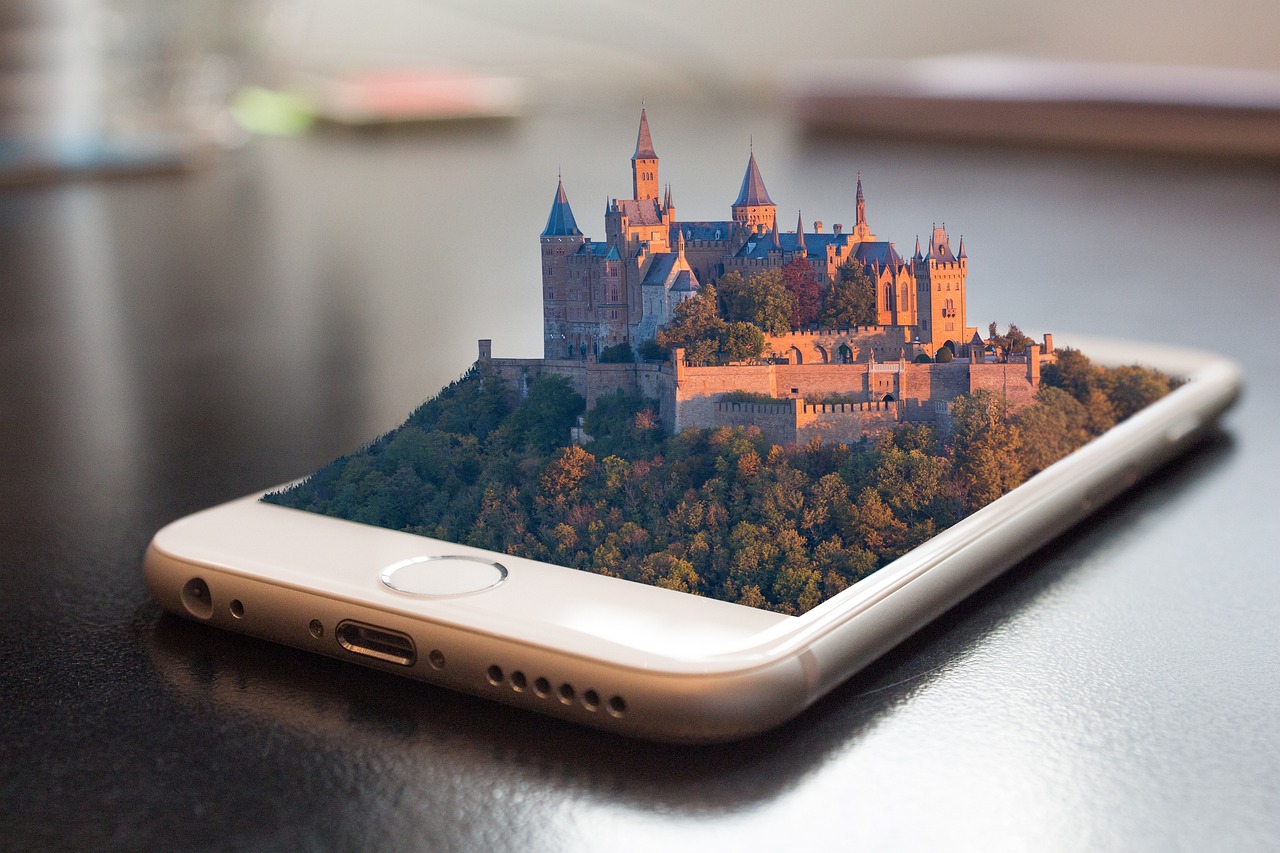
Virtual Reality Modeling: 100% Revolutionizing Product Design
Introduction to Virtual Reality Modeling
Virtual Reality Modeling has taken the digital world by storm, offering immersive experiences that were once the realm of science fiction. From gaming to education, VR is transforming various industries. But at the heart of these immersive experiences lies a crucial element: modeling in virtual reality. So, what exactly is VR modeling, and why is it so important?
The Evolution of Virtual Reality
Early Beginnings
The concept of virtual reality has been around for decades, with early experiments dating back to the 1960s. Back then, Virtual Reality Modeling was rudimentary, involving basic simulations and graphical representations. Fast forward to today, and VR has evolved into a sophisticated technology capable of creating incredibly realistic environments.
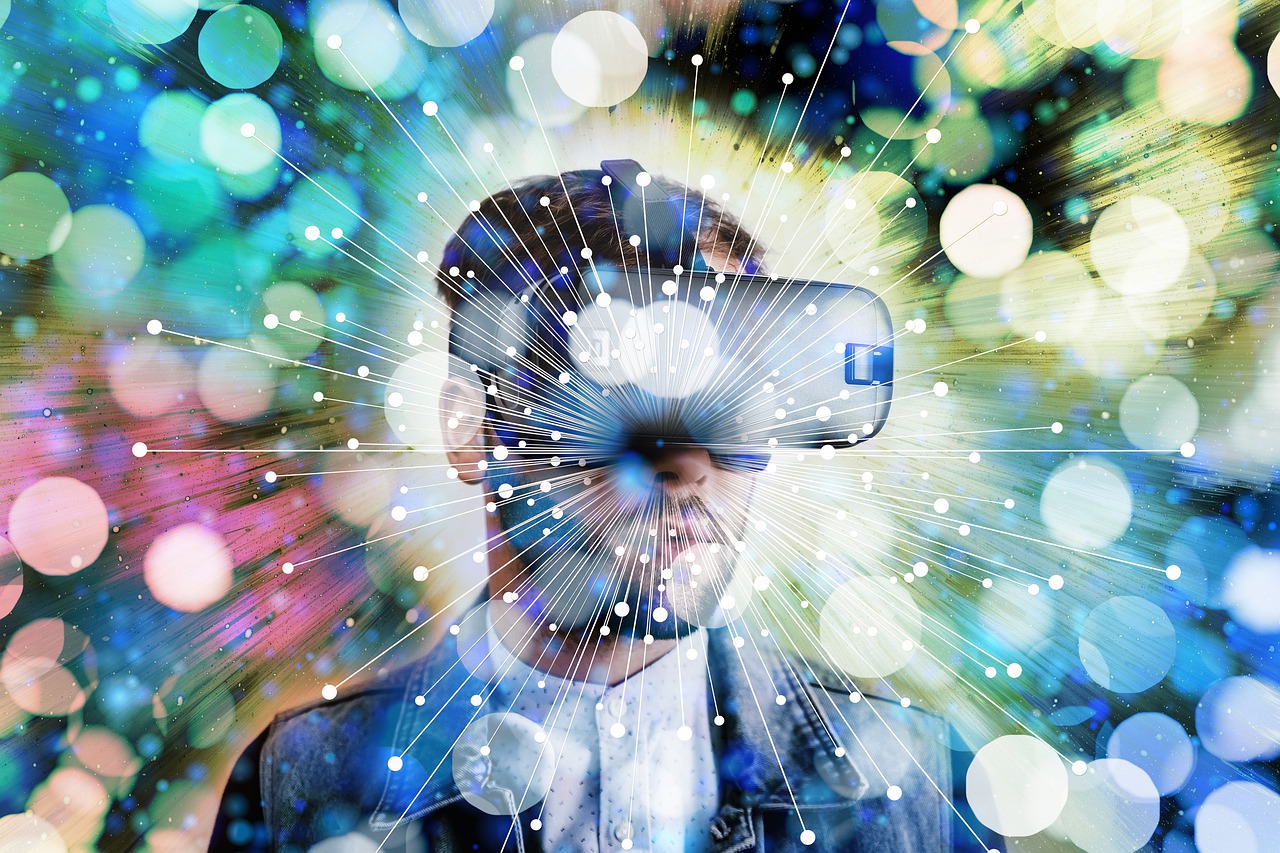
Modern Developments
Modern VR technology leverages powerful computing, advanced graphics, and intuitive interfaces to create immersive experiences. Innovations like the Oculus Rift, HTC Vive, and PlayStation VR have made VR accessible to the masses, revolutionizing how we interact with digital content.
What is Modeling in Virtual Reality?
Definition and Concept
Modeling in virtual reality involves creating 3D models and environments that users can interact with in a VR space. It’s the process of designing and constructing virtual objects, scenes, and entire worlds that are then rendered in a VR environment.
Key Components of VR Modeling
VR modeling combines several key components, including 3D modeling software, VR hardware, and rendering engines. These elements work together to create realistic and interactive virtual experiences.
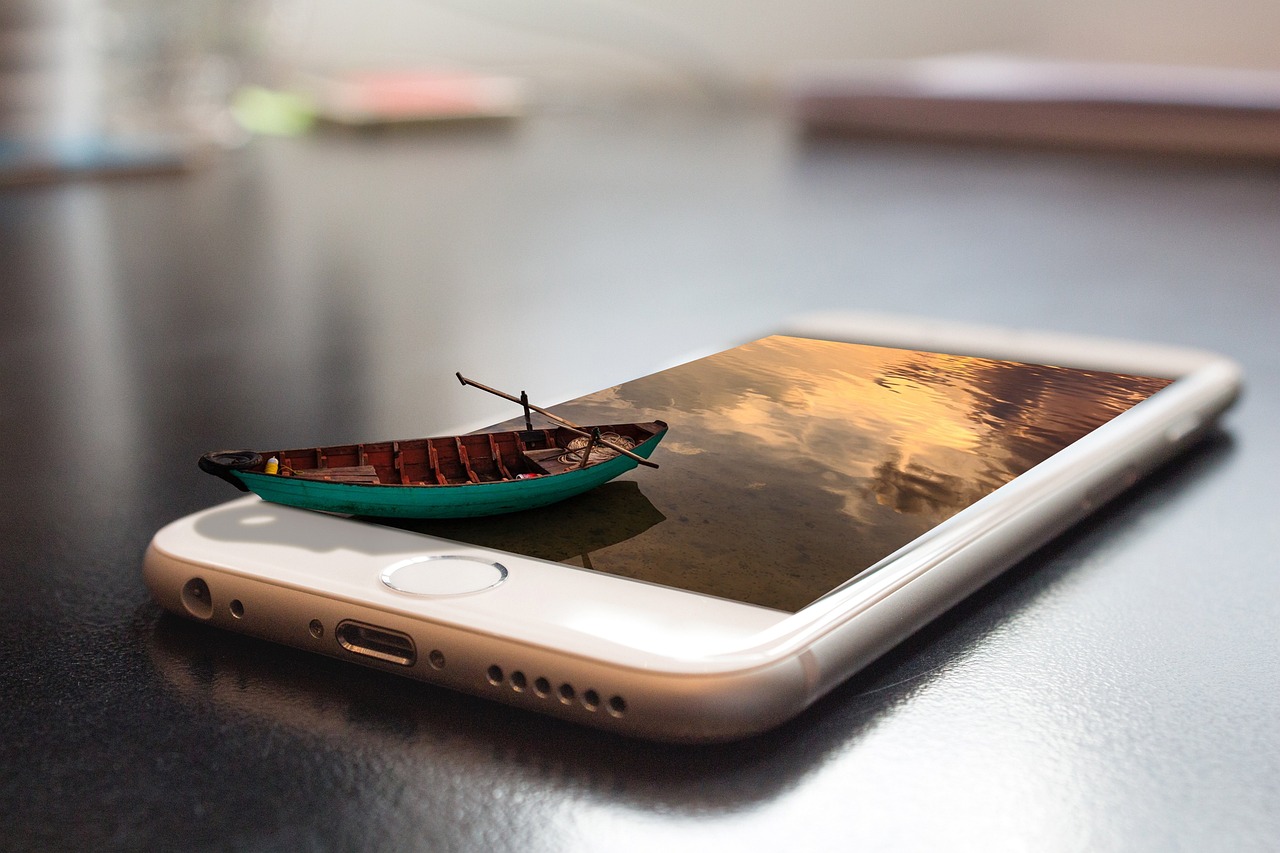
Tools and Software for VR Modeling
Popular VR Modeling Tools
Several tools and software are essential for VR modeling. Some of the most widely used tools include:
- Blender: An open-source 3D creation suite.
- Unity: A versatile game development platform that supports VR.
- Unreal Engine: Known for its high-fidelity graphics and robust VR capabilities.
- Tilt Brush: A VR painting application by Google.
Comparison of Different Software
Selecting the appropriate tool depends on your particular requirements. Blender is great for detailed modeling and animation, while Unity and Unreal Engine excel in creating interactive VR experiences. Tilt Brush, on the other hand, is perfect for artists looking to create in a virtual space.
Applications of VR Modeling
Entertainment and Gaming
VR modeling has revolutionized the gaming industry, providing players with immersive worlds and interactive experiences. Games like “Beat Saber” and “Half-Life: Alyx” showcase the potential of VR in entertainment.
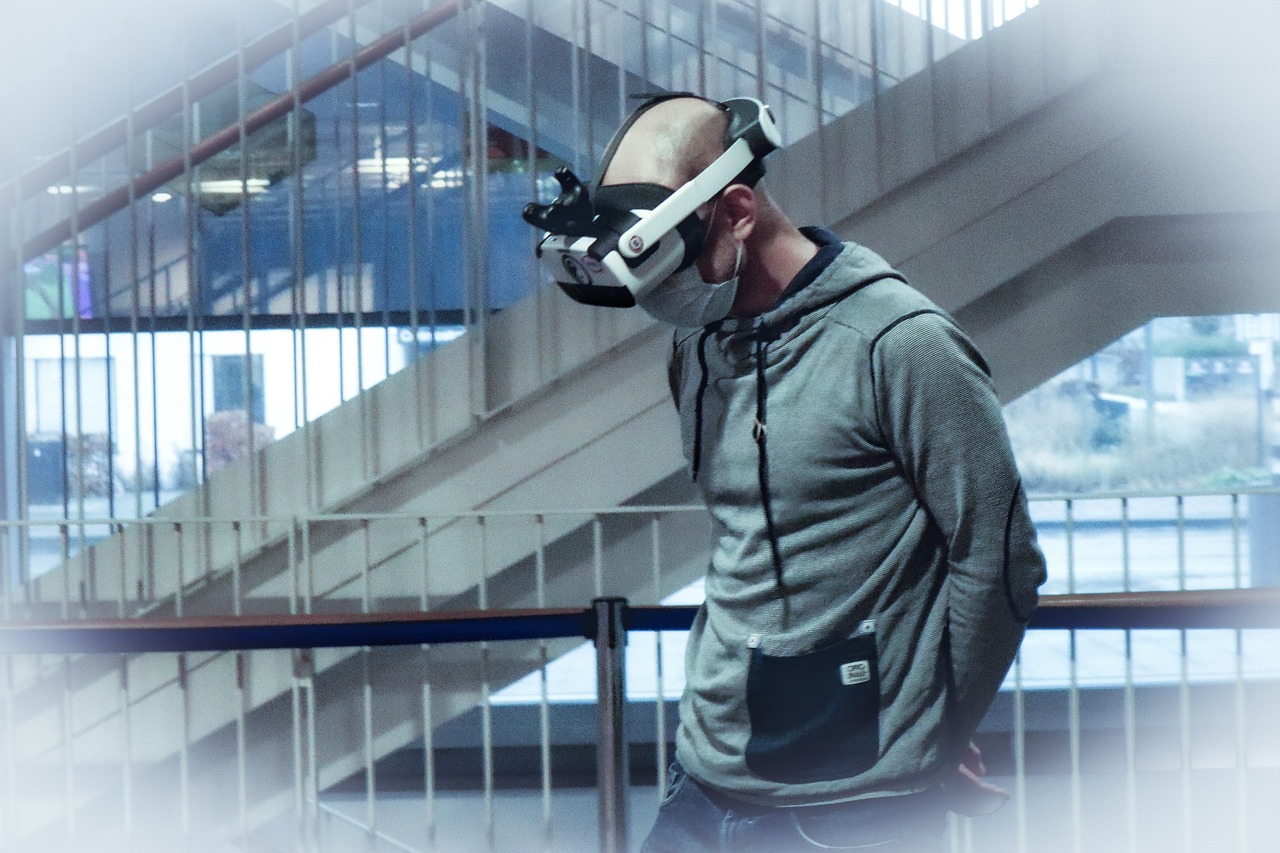
Education and Training
In education, VR modeling allows for interactive learning experiences. Students can explore historical sites, conduct virtual science experiments, and engage in immersive simulations that enhance understanding.
Healthcare and Therapy
VR is also making strides in healthcare, offering therapeutic applications and training simulations. Surgeons can practice procedures in a risk-free environment, while patients benefit from VR therapy for conditions like PTSD.
Architecture and Real Estate
Architects and real estate professionals use VR modeling to create virtual tours of buildings and spaces. This technology allows clients to explore properties before they are built, enhancing the design and decision-making process.
Manufacturing and Design
In manufacturing, VR modeling aids in prototyping and design. Engineers can visualize and interact with product designs, identifying potential issues before production begins.
Advantages of VR Modeling
Immersive Experience
One of the main advantages of VR modeling is the immersive experience it offers. Users can explore and interact with 3D models in a way that traditional screens can’t replicate.
Enhanced Creativity
VR modeling tools provide a new canvas for creativity, allowing designers to experiment with shapes, textures, and environments in real time.
Real-Time Collaboration
VR enables real-time collaboration, with multiple users able to interact with the same virtual environment simultaneously, regardless of their physical location.
Challenges in VR Modeling
Technical Limitations
Despite its potential, VR modeling faces technical limitations, such as hardware performance and software compatibility issues.
High Costs
The cost of Virtual Reality Modeling equipment and software can be prohibitive for some users, making it a significant investment.
Learning Curve
Mastering Virtual Reality Modeling modeling tools requires time and practice, which can be a barrier for beginners.
Future of VR Modeling
Technological Advancements
The future of Virtual Reality Modeling modeling looks promising, with advancements in technology expected to address current limitations. Improved graphics, more intuitive interfaces, and affordable hardware are on the horizon.
Potential Future Applications
Future applications of Virtual Reality Modeling modeling are vast, from advanced medical simulations to fully immersive virtual classrooms. As technology evolves, so too will the possibilities for VR modeling.
VR Modeling Techniques
3D Scanning and Photogrammetry
3D scanning and photogrammetry involve capturing real-world objects and environments and converting them into digital 3D models for use in Virtual Reality Modeling.
Procedural Modeling
Procedural modeling uses algorithms to create complex structures and textures, making it ideal for generating vast virtual landscapes.
Sculpting and Mesh Modeling
Sculpting and mesh modeling involves manually shaping and refining 3D models, offering detailed control over the final product.
Best Practices for Effective VR Modeling
Optimizing Performance
To ensure smooth performance, Virtual Reality Modeling models should be optimized to run efficiently on available hardware.
Ensuring Realism
Realism is key to immersive Virtual Reality Modeling experiences. Attention to detail in textures, lighting, and physics enhances the sense of presence.
User Experience Considerations
User experience should always be a priority. This includes intuitive controls, comfortable navigation, and minimizing motion sickness.
Case Studies of Successful VR Modeling Projects
Project A: VR in Architecture
A notable example is the use of VR in architectural design, where firms create virtual walkthroughs of buildings to present to clients.
Project B: VR in Healthcare
In healthcare, VR modeling is used for surgical training simulations, providing doctors with hands-on practice without the risks associated with real surgeries.
Project C: VR in Entertainment
The entertainment industry has embraced VR, with projects like VR concerts and immersive storytelling experiences pushing the boundaries of what’s possible.
VR Modeling in Education
Benefits for Students
VR modeling offers numerous educational benefits, including enhanced engagement, interactive learning, and the ability to visualize complex concepts.
Examples of Educational VR Models
Examples include virtual science labs, historical reconstructions, and anatomy lessons, all providing interactive and immersive learning experiences.
How to Get Started with VR Modeling
Required Equipment
To get started with VR modeling, you’ll need a VR headset, a capable computer, and appropriate software like Blender or Unity.
Learning Resources and Tutorials
There are numerous online resources and tutorials available to help beginners learn VR modeling, from YouTube videos to comprehensive courses on platforms like Udemy.
Common Mistakes to Avoid in VR Modeling
Overcomplicating Designs
Simplicity is key in Virtual Reality Modeling. Overcomplicated designs can lead to performance issues and a less enjoyable user experience.
Ignoring User Feedback
User feedback is invaluable in improving Virtual Reality Modeling models. Ignoring it can result in designs that don’t meet user needs or expectations.
Underestimating Hardware Requirements
VR modeling requires powerful hardware. Underestimating these requirements can lead to subpar performance and user frustration.
Conclusion
Modeling in virtual reality is a rapidly evolving field with immense potential. From entertainment to education, Virtual Reality Modeling is transforming how we interact with digital content. By understanding the tools, techniques, and best practices, anyone can start creating their own immersive virtual experiences. As technology advances, the future of Virtual Reality Modeling modeling looks brighter than ever.
FAQs
What is VR modeling?
VR modeling is the process of creating 3D models and environments for use in virtual reality applications.
What tools do I need for VR modeling?
You’ll need a VR headset, a powerful computer, and software like Blender, Unity, or Unreal Engine.
What are the main applications of VR modeling?
VR modeling is used in gaming, education, healthcare, architecture, and manufacturing.
What are the challenges of VR modeling?
Challenges include technical limitations, high costs, and a steep learning curve.
How can I start learning VR modeling?
Start with online tutorials and courses, and practice using VR modeling software to build your skills.
